

Best pH Probes For Hydroponics in 2025 – A Complete Buying Guide
Finding the best pH probe for hydroponics can make or break your growing success. In hydroponics, maintaining the correct pH is essential because it directly
# Type at least 1 character to search # Hit enter to search or ESC to close

No products in the cart.

No products in the cart.
Product Categories
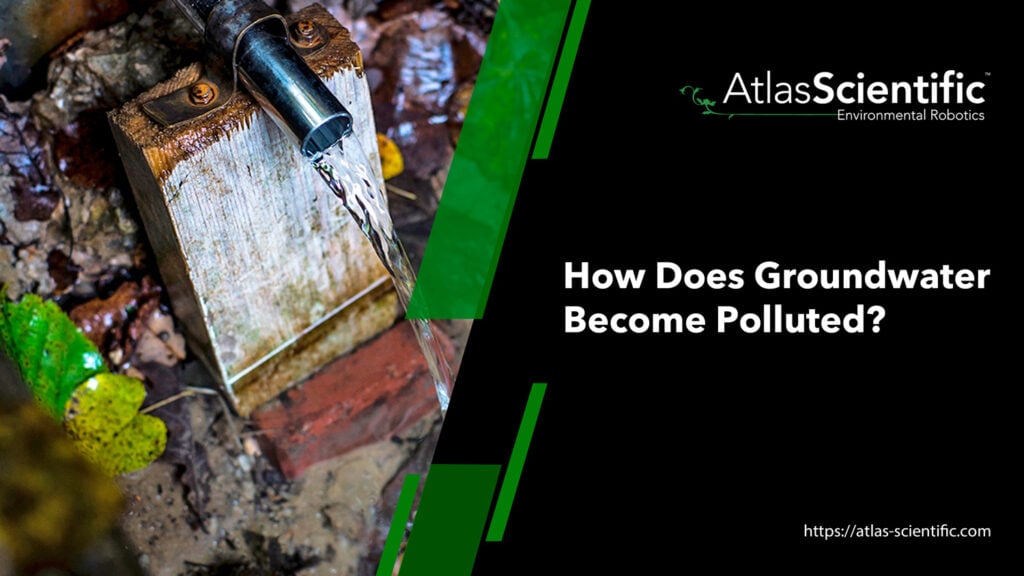
Groundwater becomes polluted when harmful substances from various sources, like industrial processes, agricultural practices, or improper disposal of waste, seep into the soil and contaminate the groundwater. Pesticides, fertilizers, heavy metals, and hazardous chemicals can infiltrate the ground, compromising the water quality. Urban development and leaking underground storage tanks also contribute. Over time, polluted groundwater poses serious threats to ecosystems and public health, necessitating rigorous monitoring, prevention, and remediation efforts to safeguard this vital resource.
Essential for Earth’s water supply, groundwater furnishes approximately 50% of the world’s drinking water and supports around 40% of crop irrigation. An estimated 2.5 billion people, predominantly in rural areas lacking delivery from municipal water providers, depend on groundwater for survival.
In this article, we will explore how groundwater becomes polluted and the potential dangers associated with contaminated groundwater. We will also discuss the importance of maintaining groundwater quality and how industries maintain good water quality.
Groundwater comes from below the Earth’s surface, found in stores called aquifers, and pollution is nearly always related to human activities. There are many types of water pollution, but groundwater pollution occurs when man-made substances, such as gasoline, oil, road salts, chemicals, and untreated waste, enter the groundwater system in significant quantities and are not effectively filtered or removed.
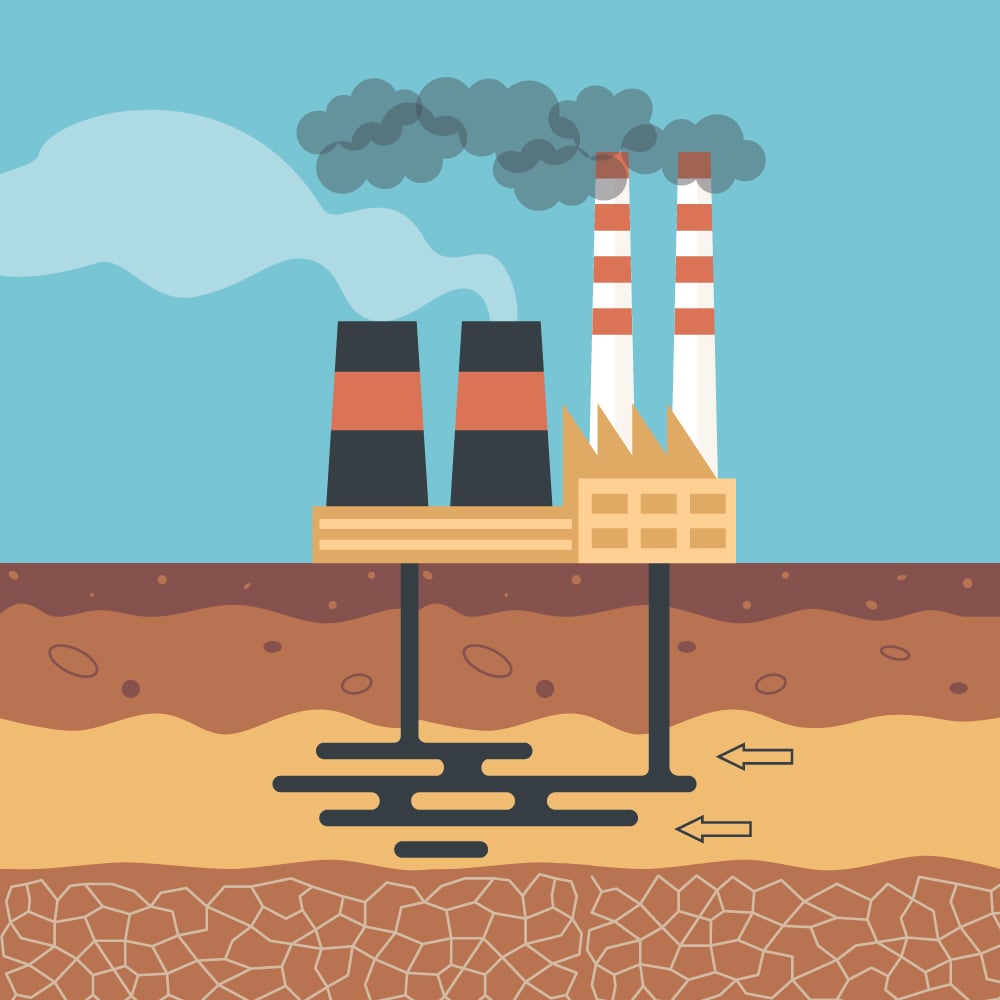
These pollutants can have detrimental effects on human health and the environment. When contaminated groundwater is consumed, it can lead to diseases such as hepatitis, dysentery, and even certain types of cancer. Wildlife and aquatic ecosystems can also suffer from the harmful effects of contaminated groundwater.
Groundwater can become contaminated through various sources, primarily resulting from human activities. Some of the significant sources of groundwater contamination are listed below.
Storage tanks, both above and below ground, can be a significant source of groundwater contamination. These tanks often contain gasoline, oil, chemicals, or other hazardous liquids.
Over time, storage tanks can corrode, crack, or develop leaks, allowing contaminants to seep into the surrounding soil and eventually reach the groundwater. With over 542,000 underground storage tanks (USTs) buried in the United States, the potential for severe contamination is a significant concern as they contain petroleum or hazardous substances.
Inadequately planned, situated, built, or upheld septic systems have the potential to jeopardize the quality of groundwater. These systems play a crucial role in managing the disposal of wastewater from residences, businesses, and structures without access to a public sewer system.
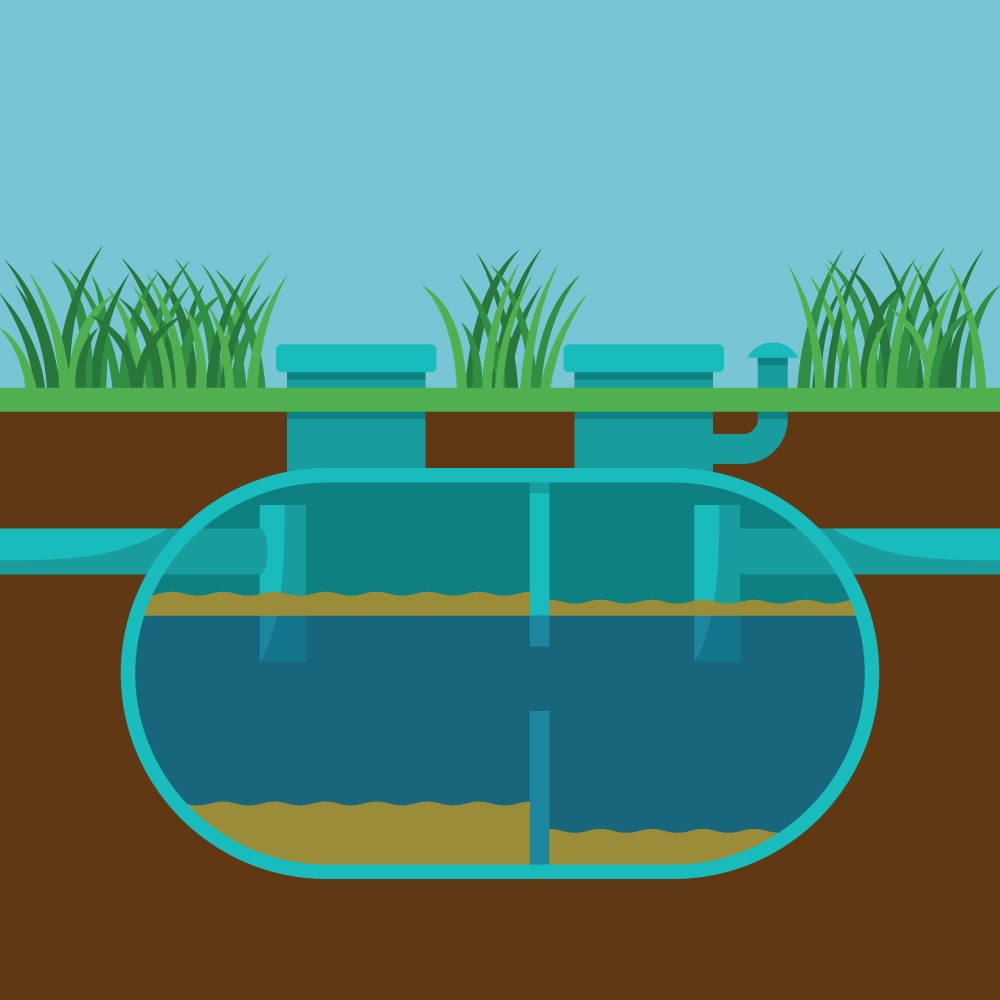
In instances of septic system malfunction or leakage, groundwater may become contaminated with viruses, bacteria, common household chemicals, and other pollutants, resulting in significant health and environmental concerns.
Abandoned and uncontrolled hazardous waste sites present a significant risk of groundwater contamination. These sites, estimated to number over 20,000 in the United States, may contain barrels or containers filled with hazardous materials. Over time, these containers can degrade, resulting in leaks that allow contaminants to seep into the soil and eventually reach the groundwater. The presence of such sites poses a considerable threat to both human health and the environment.
Landfills, designed to accommodate the disposal of garbage, can also contribute to groundwater contamination if not properly managed.
While landfills are typically equipped with protective bottom layers to prevent contaminants from reaching the groundwater, cracks or the absence of such layers can lead to contamination. Chemicals from household cleaners, car battery acid, and paint are just a few examples of potential contaminants that can infiltrate groundwater from landfills.
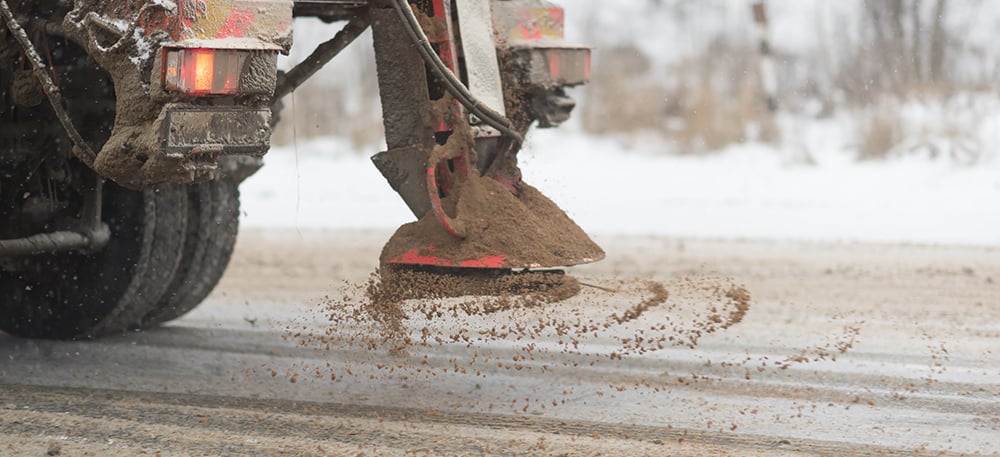
The widespread use of chemicals, such as pesticides and fertilizers, can result in groundwater contamination. When these chemicals are applied to lawns, farm fields, or gardens, they can be washed into the ground by rainfall, eventually finding their way into the groundwater. Road salts used for de-icing in winter can also contribute to groundwater pollution when they are washed off roads and enter the water system.
In wet regions, drainage wells facilitate water removal, transporting it to deeper soil layers. However, these wells may harbor agricultural chemicals and bacteria. Soil pollution not only has detrimental effects on soil health, but it can also greatly contribute to groundwater becoming polluted.
Utilized for stormwater runoff, liquid disposal, and waste management, injection wells fall under U.S. EPA’s regulation through the Underground Injection Control Program. In New England, these wells can’t inject hazardous wastes, mainly accommodating stormwater with shallow wells, sumps, and dry wells. Previously, floor drains managed spills, but current regulations mandate businesses handling fluids to report operations to the U.S. EPA or state agencies. Prohibiting threats to drinking water, disposal wells must connect to public sewage systems or storage tanks rather than pose hazards.
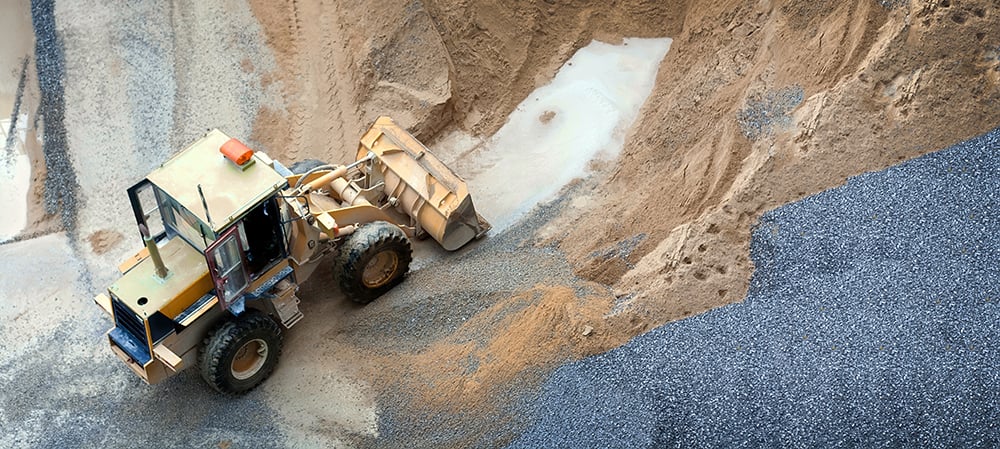
Groundwater contamination can result from both active and abandoned mines. Rainfall can extract soluble minerals from mine wastes, containing metals, acid, minerals, and sulfides, seeping into the groundwater. Abandoned mines, utilized as wells or waste pits, may exacerbate the issue. Pumping in mines to prevent flooding can also elevate contaminated groundwater, potentially intercepted by a well.
Groundwater can be affected by contaminants present in other parts of the hydrologic cycle, such as surface water or the atmosphere. Runoff from surface water sources, such as rivers and lakes, can carry pollutants that infiltrate the groundwater. Additionally, atmospheric contaminants, including industrial emissions and acid rain, can eventually reach the groundwater, rendering it unfit for consumption and irrigation.
The consequences and effects of water pollution and consuming contaminated groundwater can be severe, posing risks to human health and the environment. Contaminated groundwater can lead to various health issues, depending on the specific contaminants present. These may include:
As groundwater is so important in our daily lives, frequently measuring and monitoring is key!
Utilizing advanced probes and sensors is crucial to assess various parameters that determine water quality. Parameters such as dissolved oxygen, salinity, pH, TDS (total dissolved solids, ORP (oxidation-reduction potential), conductivity, turbidity, nitrate, and temperature, are commonly employed as indicators of groundwater quality. At Atlas Scientific, we only offer the highest-quality sensors for each of these parameters.
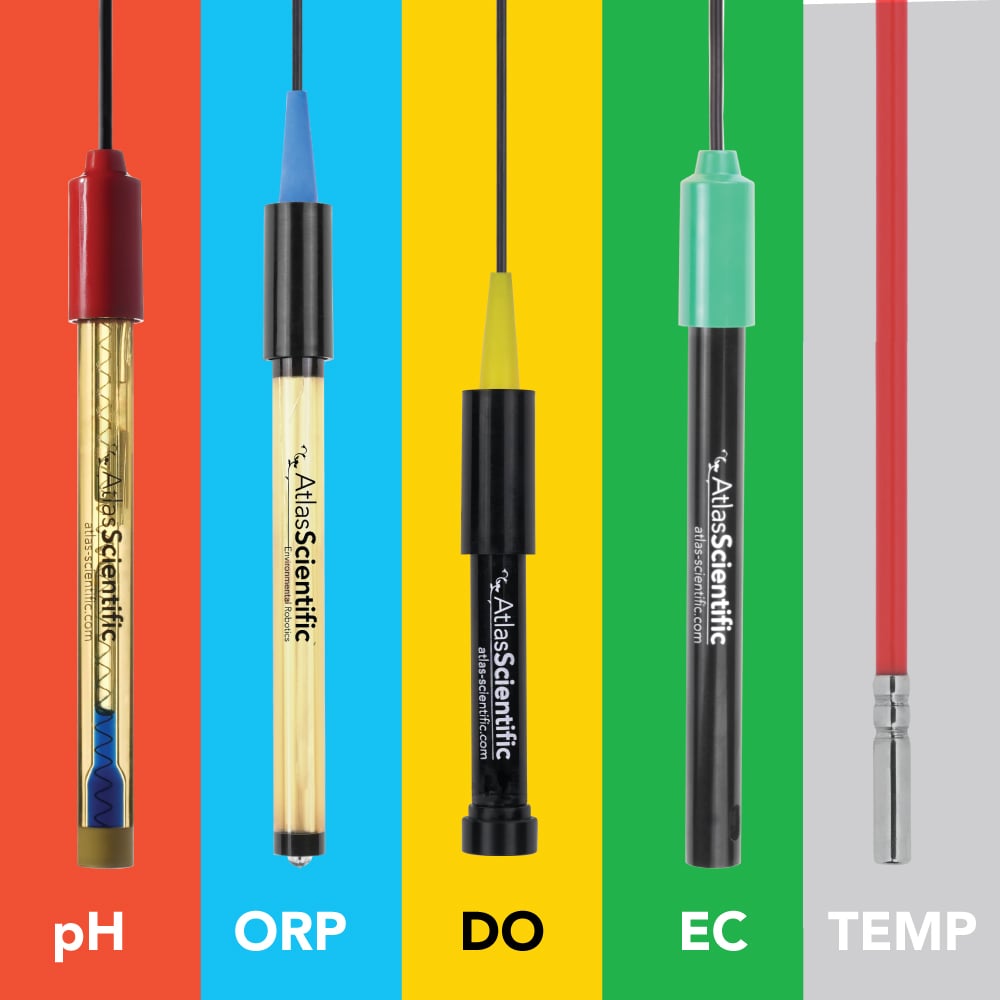
What you always want to do is to prevent groundwater from becoming polluted in the first place.
While it is challenging to prevent all instances of groundwater contamination, several measures can be taken to minimize the risks and protect this valuable resource. Here are some effective methods for preventing groundwater contamination:
To prevent leaks and spills, it is essential to store hazardous materials, such as gasoline, oil, and chemicals, in secure and well-maintained storage tanks. Regular inspections, maintenance, and prompt repairs are necessary to minimize the risk of leaks and potential groundwater contamination.
Regular inspection, proper design, and maintenance of septic systems are crucial to prevent leaks and ensure the safe disposal of wastewater. Regular pumping and adherence to recommended guidelines can help minimize the risk of groundwater contamination from septic systems.
Proper disposal of hazardous waste is vital to prevent groundwater contamination. Recycling, reusing, and disposing of hazardous materials through authorized collection centers or hazardous waste disposal facilities helps minimize the risk of contamination.

Landfills should be adequately designed, maintained, and monitored to prevent the release of contaminants into the groundwater. The implementation of protective liners, leachate collection systems, and proper waste management practices can significantly reduce the potential for groundwater contamination.
Reducing the use of chemicals, such as pesticides and fertilizers, can help minimize the risk of groundwater contamination. Utilizing natural alternatives, practicing integrated pest management, and applying chemicals sparingly and according to recommended guidelines can all contribute to protecting groundwater quality. Similarly, responsible usage and disposal of road salts can help prevent their entry into the groundwater system.

Implementing rainwater harvesting systems and employing effective stormwater management practices can help reduce the volume of runoff and the potential for contaminants to reach groundwater sources. By capturing and utilizing rainwater, the reliance on groundwater for irrigation purposes can be reduced, thereby minimizing contamination risks.
To safeguard groundwater resources, several federal laws and regulations have been established. These regulations aim to prevent contamination, ensure safe drinking water supplies, and protect the environment. Here are some key regulations in place:
These regulations play a vital role in preserving groundwater quality and ensuring the availability of safe drinking water sources for present and future generations.
Maintaining groundwater quality is essential to safeguard human health and protect the environment. Individuals and communities can contribute to preserving groundwater quality through responsible practices and awareness. Here are some steps you can take to help maintain groundwater quality:
The first step is to reduce chemical usage. By minimizing the use of chemicals in your home, garden, and business. Consider using natural alternatives and environmentally friendly products whenever possible.
The proper disposal of hazardous waste materials, including motor oil, paint, and unused chemicals, must be implemented, following the rules and regulations at designated collection centers or hazardous waste disposal facilities. Always avoid pouring these substances down drains or into the soil.
Frequently inspect and maintain storage tanks, septic systems, and other potential sources of contamination to detect and address issues promptly.
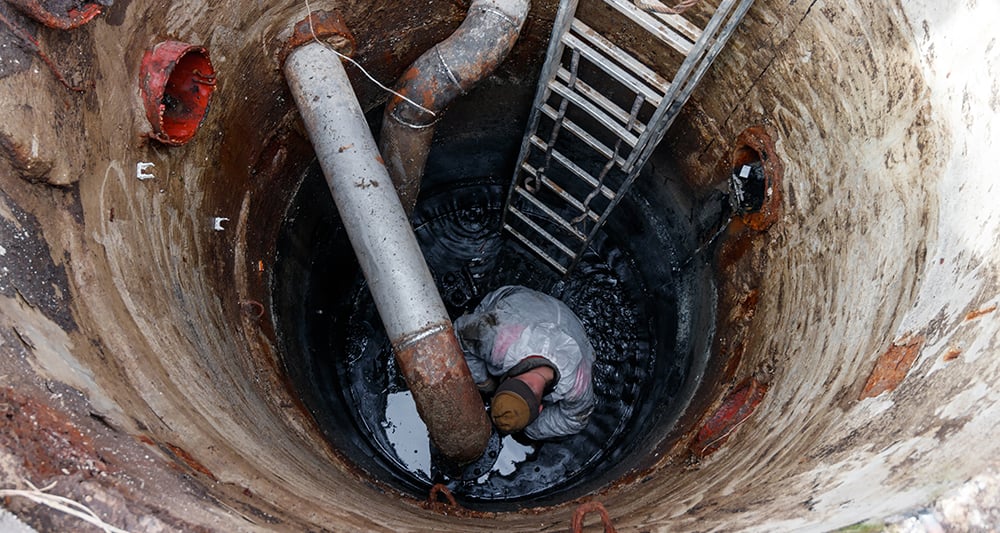
Water is a precious resource, so where you can, practice water conservation to reduce the demand for groundwater. Use water wisely, fix leaks promptly, and consider implementing water-saving measures such as rainwater harvesting. Now many companies are using smart technology or IoT systems to reduce water use for both utilities and the end-user.
Finally, one of the most powerful tools in maintaining groundwater is word of mouth. By promoting awareness about the importance of groundwater protection within your community, you can encourage responsible practices, such as proper waste disposal and chemical usage, to prevent contamination.
Groundwater becomes polluted when human activities introduce contaminants into the soil, eventually compromising the water table. Therefore proper monitoring and sustainable practices are essential to preserve the integrity of this crucial resource for environmental health and human well-being.
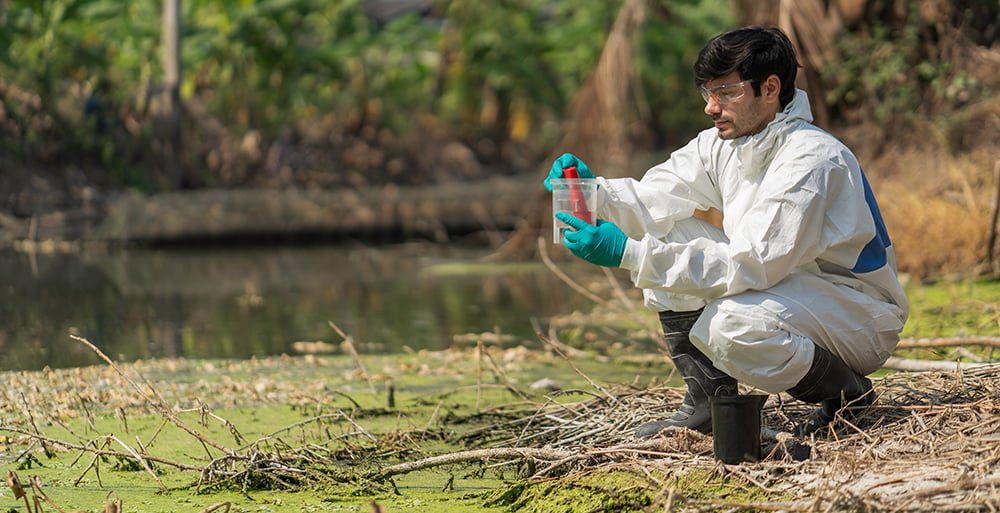
If you have any questions regarding groundwater pollution or what testing kits we offer for water quality monitoring, do not hesitate to contact the world-class team at Atlas Scientific.








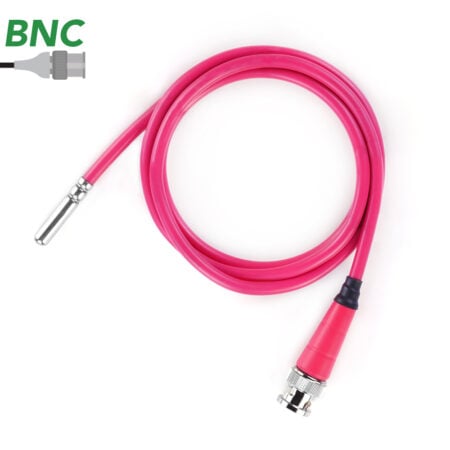


Finding the best pH probe for hydroponics can make or break your growing success. In hydroponics, maintaining the correct pH is essential because it directly

The fastest way to reduce ammonia levels in a fish tank is to perform partial water changes, temporarily stop feeding fish, use chemical filtration, increase
Notifications